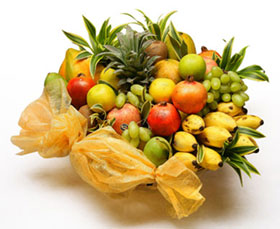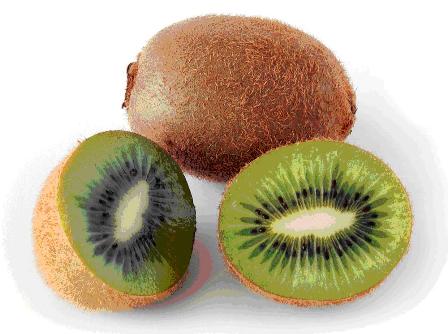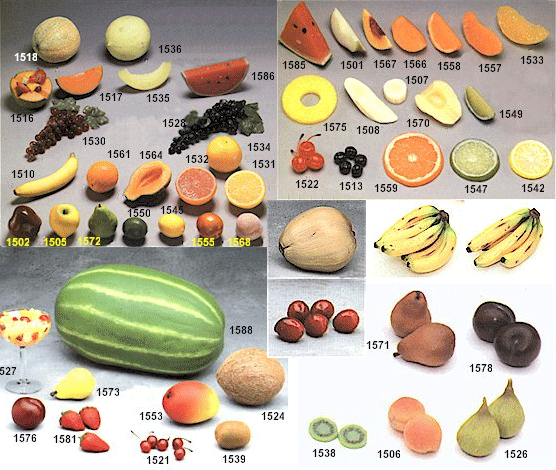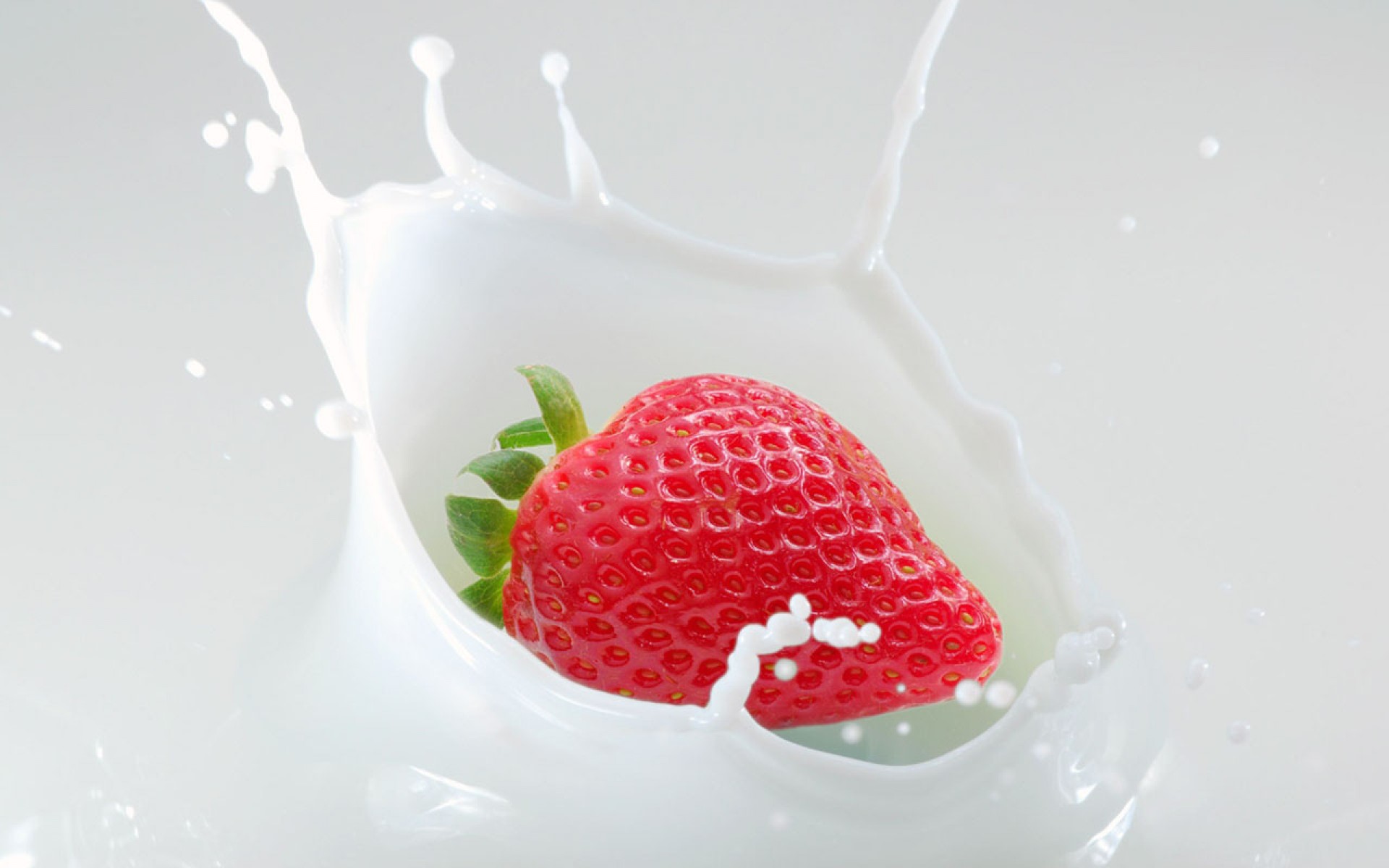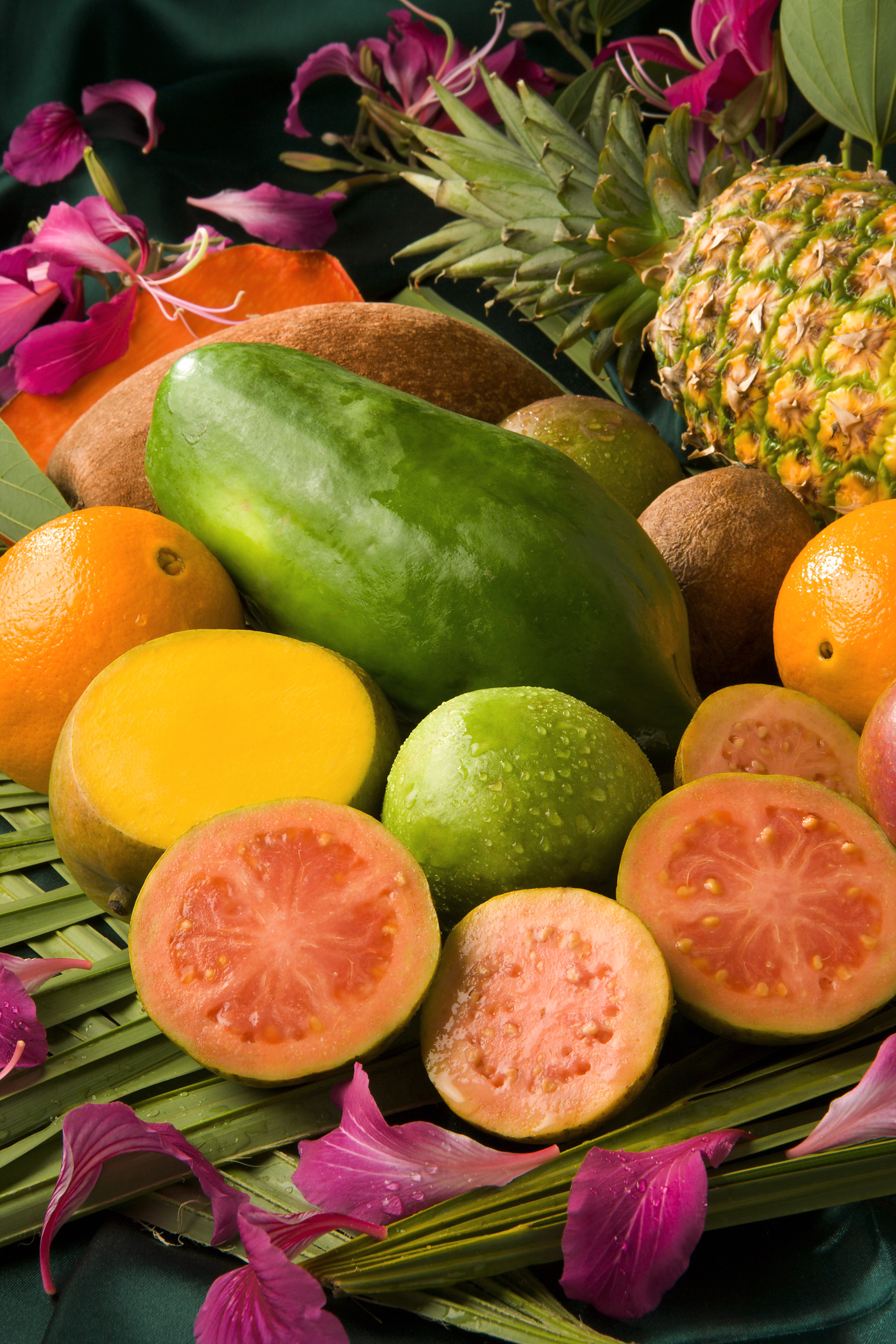
The Nutrition Facts Food Label
Do you read the Nutrition Facts food labels when you shop? Since 1994, the FDA has required these labels to be placed on most food packaging. The Nutrition Facts food labels are easy to find on the back, side or bottom of the packaging.
The black and white Nutrition Facts labels may be formatted vertically or horizontally (the vertical version is more common). Small packages may have an abbreviated version of the label.
For example, this is a food label like one that you would see on a can of condensed chicken noodle soup. It looks like a lot of information to understand all at once, so let's look at the Nutrition Facts food label one section at a time.
By Shereen Jegtvig

Nutrition Facts - Serving Information
You'll find the serving information listed right at the top of the Nutrition Facts label. This is important because everything you read on the rest of the label is based on one serving. There are two parts to the serving information on the Nutrition Facts label, the serving size and the number of servings.
The serving size tells you the size of each serving. It could be an number or a common measurement. For example, one serving of chicken noodle soup is 1/2 cup. Sometimes this information can be very misleading. If a package contains six cookies, but the serving size is two cookies, then the package contains three servings, not just one. So if you eat all six cookies, you are eating three servings.
On the chicken noodle soup example above, it is important to note that a serving is one-half cup of the condensed soup as it comes in the can and not one-half cup of the soup after it has been mixed with water. Always look to see if the serving size should be measured or counted before the product is prepared or after.
Sometimes the number of servings may be easier to understand than serving size. On the chicken noodle soup Nutrition Facts label, the number of servings is given as about 2.5. That means if you prepare the can of soup with any amount of water and eat the whole thing yourself, you have eaten two and one-half servings (and that doesn't include any crackers).
By Shereen Jegtvig

Nutrition Facts - Calories, Fat, Carbohydrates, and Protein
This section of the Nutrition Facts food label contains information about calories, fat content, amount and types of carbohydrates, and amount of protein in the product. The label shows the amounts in grams (g) or milligrams (mg) and the percentage of the daily value (the amount needed every day) for each of these nutrients. This information is based on a 2,000 calorie per day diet. So it won't be exactly right for everybody. But it will give you an idea of how the food item will fit into your energy nutrient needs.
Notice that sodium information is located here rather than with the other minerals down lower on label. In the chicken noodle soup Nutrition Facts food label above, you can see that one serving of condensed chicken noodle soup has 37% of your daily value for sodium. If you eat the whole can of soup, you would get 92% of the recommended amount of sodium you should consume for the entire day.
This part of the label also contains information on fiber. You can see from our example, chicken noodle soup from a can doesn't contain much fiber.
By Shereen Jegtvig




